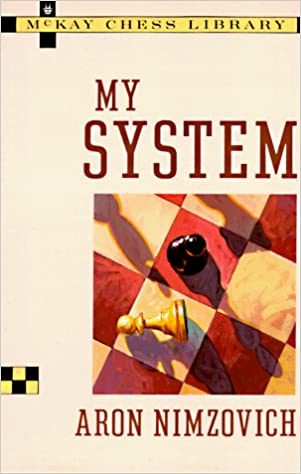The classical way to control the center is to occupy it with one or more pawns. The four chess openings discussed in this article establish a d-pawn in the center. The center consists of the squares e4, e5, d4, and d5. A d-pawn is defended by one’s queen, a good thing because that defense lessens the chances that beginners will emerge from their openings a pawn down.
Check out the first part on chess openings for beginners.
Queen’s Gambit Declined
The Queen’s Gambit Declined (QGD) is a great opening for beginners to play as White. Our first five moves as White are d4, e3, c4, Nf3, and Nc3 to get a good position.
These first five moves, in this order, avoid the Queen’s Gambit Accepted, which arises after the more common move order of 1. d4 d5 2. c4 dxc4. In our move order, we play 1. d4 d5 2. e3 so that the bishop on f1 can recapture on c4.
The Tarrasch Defense
Beginners benefit from having similar openings in their repertoires. Just as the King’s Indian Attack as White is closely related to the King’s Indian Defense as Black, as discussed in Part One, the Tarrasch Defense for Black is a mirror of the QGD as played by White. Additionally, the Tarrasch has commonalities with the French Defense.
Here is a typical line in the Tarrasch Defense.
In both the QGD and the Tarrasch, a d-pawn often becomes isolated. An isolated pawn has no pawns of its same color on adjacent files. Whichever side has an isolated d-pawn should put its rooks on the half-open c- and e-files. Aron Nimzovich has tips for how play with and against the isolated d-pawn in his chapter “The Isolated Queen’s Pawn and His Descendants” in My System.

The Colle
White’s goal in the Colle (c3 Colle) is to eventually play e4. White’s developed pieces ensure that White will have at least as many defenders as Black has attackers on the e4-square. To build support for the e4-push, White often plays 0-0, Re1, and sometimes Qc2. Here is a typical set-up for the Colle.
Larsen’s Opening
In the move order we propose for Larsen’s Opening, there is a chance, depending on what Black plays, to transpose into the Colle (b3 Colle). While there are other lines for White after 1. b3, White’s set up with our recommended moves is similar against both ….d5 and ….e5.
The CEO of Chessable, Geert van der Velde, loves 1. b3. It’s even his go-to answer to questions on Twitter .
This article was co-authored with my son William Root. William’s chess students gained hundreds of rating points in part because they played openings that work well for beginners.
